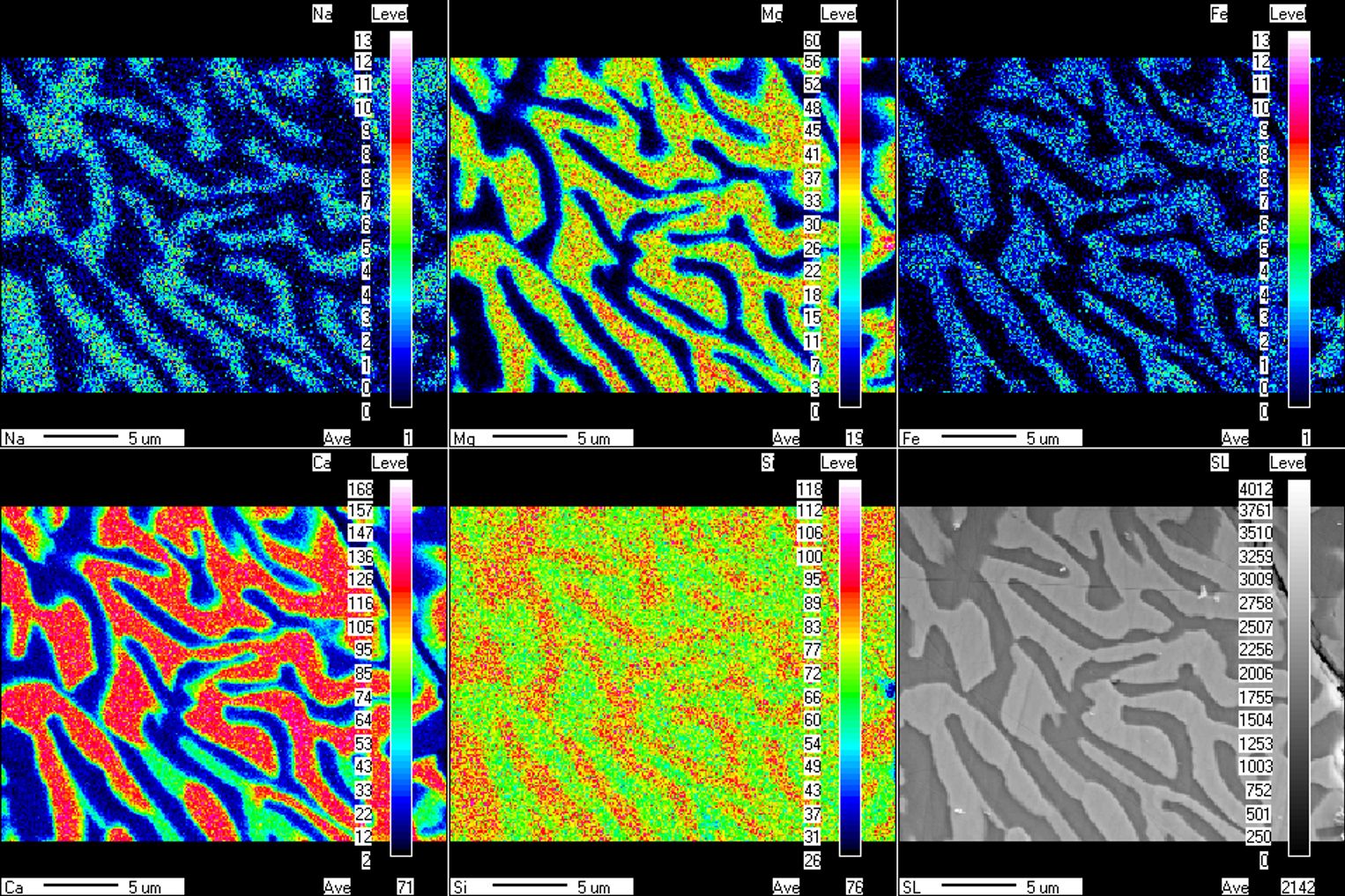Range of application
JEOL XPS and auger analysis systems make it possible to examine and determine the chemistry of surfaces and surface contaminations with great sensitivity. Depending on the required lateral resolution, the photoelectrons are excited by (monochromatic) x-rays (XPS) or electrons (auger). Both systems use JEOL's hemispherical analyzer, which is up to five times more sensitive than conventional systems. This makes it possible to display even trace elements in high-resolution element mapping images. In addition to this, the hemispherical analyzer also makes it possible to display bonding states (chemical shift) in mapping images.
Thanks to an additional Ar+ ion source, both the JEOL XPS and the auger systems can be extended into systems for depth profile analysis.
Solutions
- Extremely high surface sensitivity in element analysis
- High-resolution imaging and mapping
- Simple, intuitive operation
- Depth profile analysis, even for trace elements
Products




Detailed solutions
- Microscale trace element analysis
Microscale trace element analysis
The detection of rare earths is not only of interest for mineralogical samples, it is also becoming increasingly significant due to the continuous development of high-performance microelectronics. For decades, JEOL has been setting the bar for detecting the mostly low-concentrated elements with its energetically and spatially high-resolution trace element analytics.
Product groups
XPS and Auger Analysis
Solutions
 Rare earths as an example of trace element analysis
Rare earths as an example of trace element analysisRare earths as an example of trace element analysis
Source data: JEOL (Germany) GmbH, Demoreport Uni. Vienna (JXA)
- Mineral microstructures
Mineral microstructures
Minerals are frequently complex structures formed from a multitude of elements. Element mapping images are one of the most important methods for achieving the spatially resolved visualisation of the chemical composition. These mapping images can be used to gather essential information on e.g. the creation and structure of the samples under examination. For this task, JEOL supplies the most stable and most energetically and spatially high-resolution spectroscopy systems.
Product groups
XPS and Auger Analysis
Solutions
 Element mapping images of a symplectite microsection
Element mapping images of a symplectite microsectionElement mapping images of a symplectite microsection
Source data: JEOL (Germany) GmbH, Demoreport Uni. Vienna (JXA)
